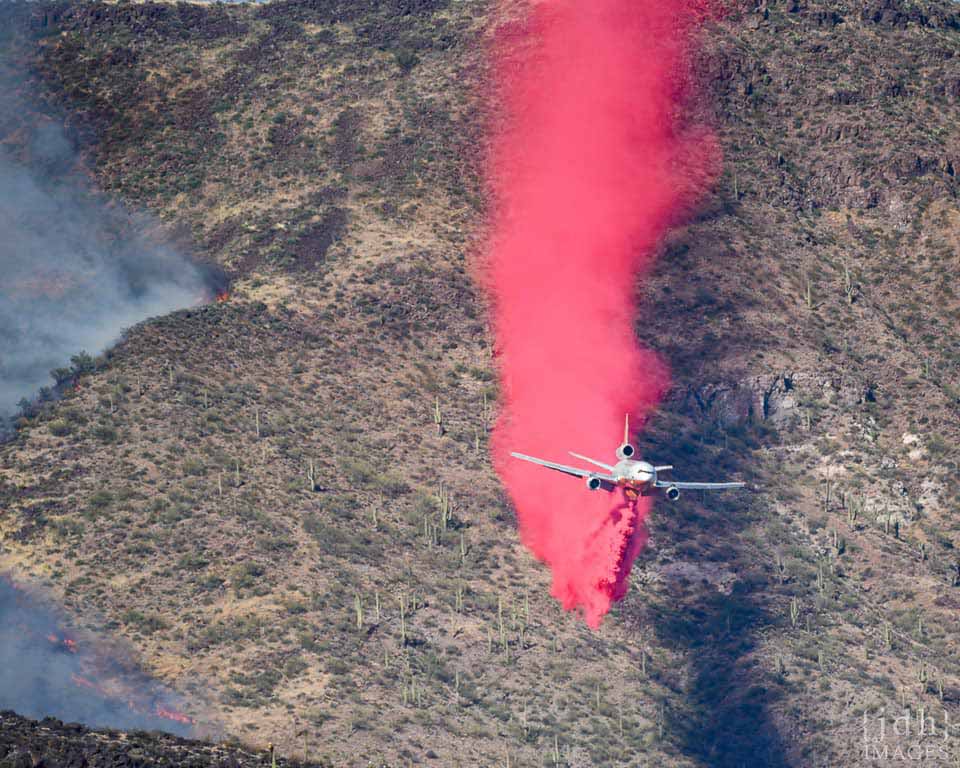Introduction
Pollinators visit plants seeking
nectar and/or pollen. Pollinators include insects (e.g. butterflies, moths,
beetles, bees, wasps, flies), bats, and birds. In any geographic region, native
and non-native pollinators visit native and non-native plants.
Pollinators
may be specialists and/or generalists who visit plants for different reasons.
For example, some pollinators specialize on the pollen of certain plant species
such that they visit only certain plants to harvest pollen from them. These pollen-seeking
specialists may be nectar-seeking generalists to the extent that they
indiscriminately harvest nectar from any plant species.
Pollinator-plant interactions are a subject of
ongoing study. In North America alone there are more than
3,600 bee species. Ecologists document pollinator-plant
interactions to understand which pollinators visit which plant species and why.
Methods
We use iNaturalist—a citizen science computer
application—to document our observations of pollinators and plants in the
places we visit. We have five years of non-systematic observation data from
Yavapai County, AZ that we use for our analysis. We looked at which plant
species are most frequently visited by pollinators across different taxa. This
will help us better understand which local plant species are popular amongst
pollinators.
We annotated five years of pollinator
observation records from Yavapai County, AZ with the scientific name of the
plant species each pollinator is visiting. Our database includes a total of 265
distinct counts of pollinator-plant interactions (note this is different from
the number of observations).
Here is a link to our current plant-pollinator interactions in iNat.
There
are some notable issues that exist with our data:
·
We did not systematically collect the data. We
did not employ ecological sampling methods, we did not sample data at regular
intervals of time, and we did not take measures to ensure we systematically
sought observations of pollinators across distinct plant taxa in unbiased ways.
Therefore, our dataset contains bias.
·
We are analyzing our dataset for fun. Since the
data contain unintentional bias, we do not intend for the results of our
analysis to be reliable for landscape or species management decisions.
·
Our data contain blank fields (unknowns) at the
level of insect taxon family, genus, and species. Because we cannot fill in the
blanks with reliable data, we conduct our analysis at the level of insect taxon
(e.g. insect family, genus, or species).
·
Our database’s plant records contain plant taxa
information at the level of genus and species.
See this post for more thoughts on the limitations of this type of analysis.
Total insect taxa associated with plant genera
Count of distinct insect taxa associated with
the top ten plant genera by month
This graph reflects the top ten plant genera
ranked according to the counts of distinct insect taxa associated with them. In
our database, we have data for many more plant genera than those shown.
The top ten plant genera include Asclepias, Baccharis, Ceanothus, Cirsium, Dalea, Ericameria, Helianthus, Hymenothrix, Machaeranthera, and Opuntia.
There may be more associations between distinct
insect taxa and plant genera during the summer months of June, July, and August
but they are not reflected in this graph because we didn’t observe them due to extreme
heat and/or monsoon rains.
This project and data analysis were a collaboration between Conor Flynn and Alexandra Permar.








































